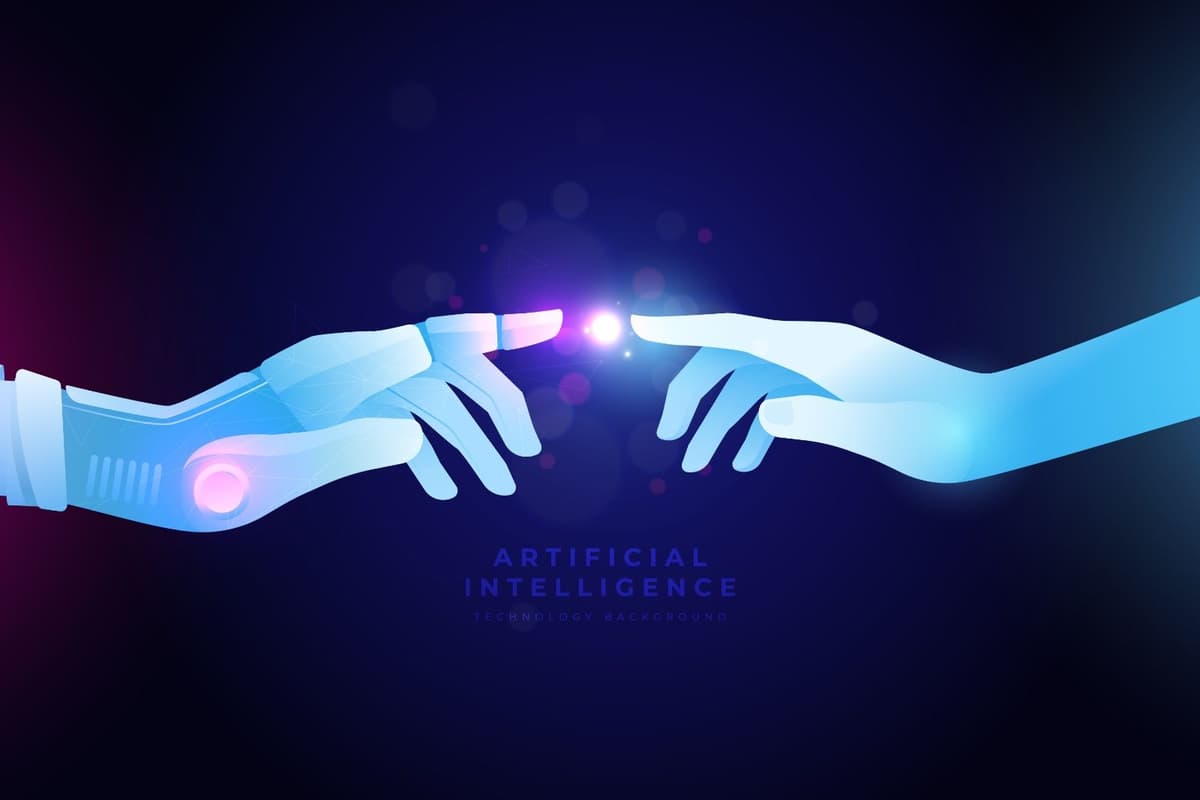The report emphasized that “AI is both a power consumer and a problem solver” and predicted that Sweden’s fossil-free power infrastructure could become a global competitive advantage.
AI is Reshaping the Landscape of Electricity Demand
The rise of large language models and generative AI requires enormous computing power, leading to a surge in electricity demand. Some projections suggest that data centers could consume 9% of all electricity generation in the United States by 2030.
AI technology itself is also a tool for increasing energy efficiency. Swedish power company Vattenfall has used self-learning algorithms to improve weather forecast accuracy, and E.ON has introduced AI to predict when to service the power grid, reducing power outages by up to 30%.
![]() AI generated infographics
AI generated infographics
Sweden: The Ideal AI Infrastructure Hub with Renewable Energy and Political Stability
Sweden is one of the world's leading fossil fuel-free power countries. Its clean energy, based on hydro, nuclear, and wind power, is mostly used, and it has a cold climate that reduces cooling costs, abundant water resources, and political stability. These conditions have attracted global IT giants. Meta, Amazon, Microsoft, EcoDataCentre, etc. have already invested or are planning to invest trillions of dollars in data centers in Sweden. This is why Sweden can emerge as a strategic stronghold rather than a mere participant in the global AI race.
Data Center Energy Use: Not Always a Net Gain?
The report also raises a concern: whether the electricity used by large foreign companies is a structure that benefits society as a whole, or whether it could lead to supply shortages. Ireland has halted new permits as the surge in data centers has shaken supply stability. In response, the Swedish government is negotiating profit-sharing agreements with AI data centers and introducing a phased power demand review system starting in 2030.
A National Strategy for the AI Era: Predictable and Flexible Energy Planning
The report supports the government’s goal of generating 300 TWh of electricity by 2045, and suggests explicitly including AI demand in that goal. It also includes a proposal to establish a legal basis for the DOE to systematically monitor and compile statistics on AI-related electricity consumption.
Resources: The AI Commission's Roadmap for Sweden (pdf)





